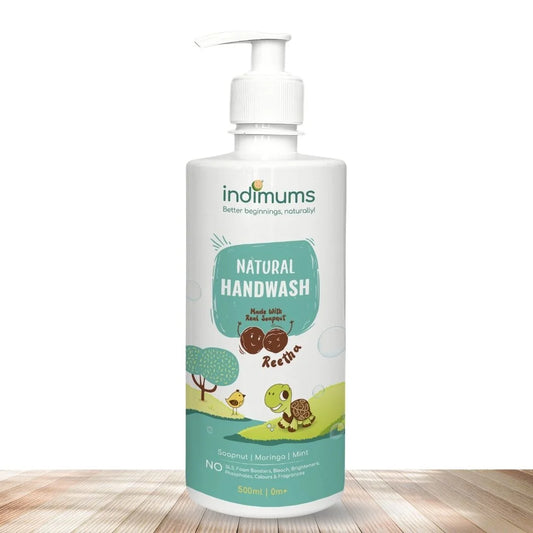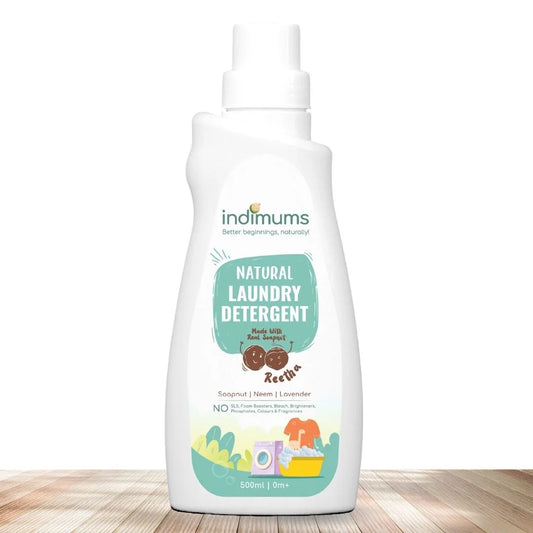Introduction
Cleaning baby bottles isn’t just about hygiene, it’s about your baby’s safety, health, and well-being. As a parent, you want to make sure every feeding is clean, safe, and germ-free. In this blog, we’ll walk you through how to clean baby bottles properly, using safe techniques that protect your baby from bacteria and residue buildup.
Whether you're a first-time parent or just looking to refine your routine, understanding the best way to clean baby bottles is essential to ensure every bottle is spotless and baby-ready.
Why It’s Important to Clean Baby Bottles?
Milk, whether it is formulated or breastmilk, can leave behind residue that quickly turns into a breeding ground for bacteria if not cleaned well. Babies have delicate immune systems, so cleanliness is non-negotiable.
Moreover, knowing how to clean baby feeding bottle properly can help prevent digestive issues, infections, and colic caused by contaminated feeding gear.
Alongside cleaning, choosing safe and gentle natural baby products for everything that touches your baby, from their skin to their clothes and feeding accessories—goes a long way in building a healthier routine.
Step-by-Step: How to Clean Baby Bottles?
1. Disassemble the Bottle Completely
Before you begin cleaning, separate the bottle, nipple, collar, cap, and any other detachable parts. Bacteria often hide in the tiniest crevices, so every part needs individual attention.
2. Rinse Immediately After Feeding
Rinse the bottle and all parts under running water to remove any leftover milk. This prevents milk from sticking and hardening, which can make cleaning tougher later.
3. Soak in Warm Water & Mild Cleaning Liquid
Fill a clean basin with warm water and add a few drops of a gentle, baby-safe feeding bottle cleaning liquid. Soak all parts for about 10–15 minutes. This softens any remaining milk residue and helps kill bacteria naturally.
NOTE: Avoid harsh dishwashing liquids as they may leave behind toxic residues not suitable for babies.
4. Scrub with a Soft Bottle Brush
Use a bottle brush to clean the insides of the bottle and a nipple brush for smaller parts. Focus on scrubbing the base and neck where milk deposits tend to accumulate.
If you're also dealing with other baby gear, consider switching to products like the best baby body wash in India which are specially formulated for sensitive skin and can complement a safe, toxin-free care routine.
5. Rinse Thoroughly With Clean Water
After scrubbing, rinse each part under running water until there are no soap traces left. This is an important step in ensuring there are no lingering cleaning agents that could irritate your baby’s tummy.
6. Air Dry on a Clean Surface
Avoid wiping with cloths or towels, as they can introduce new germs. Instead, place the bottle parts upside down on a sterilized drying rack or a clean surface to air dry completely.
Bonus: How Often to Clean and Sterilize?
While daily cleaning is usually enough, it's recommended to sterilize bottles at least once a day—especially for babies under 3 months. You can use boiling, steam, or UV sterilizers depending on what’s accessible and safe for you.
And just as you're cautious with bottle hygiene, don’t forget to use gentle detergents for their clothes too. A baby laundry detergent with no harsh chemicals ensures that your baby’s sensitive skin is protected around the clock.
Best Baby Bottle Cleaning Liquid
For maximum effectiveness, use Indimums Natural Bottle and Toy Cleaning Liquid, which offers multiple benefits:
- Formulated using natural Ayurvedic ingredients
- Removes milk residue and odor efficiently
- Protects against germs
- Toxin-free and eco-friendly
A specialized baby bottle cleaning liquid ensures that your baby's feeding bottles remain clean, sterilized, and safe to use. Keeping bottles properly cleaned and sterilized plays a key role in your baby’s health and well-being. Choose high-quality cleaning products to make this task effortless and safe for your little one.
Remember, just like choosing the best baby shampoo in India for your little one’s bath time, the products you use for cleaning bottles matter just as much for your baby’s health.
Final Thoughts
Mastering how to clean baby bottles isn't complicated—but it does require consistency, safe products, and a little extra care. Once you get into the routine, it becomes second nature and offers peace of mind knowing your baby is sipping from a clean, germ-free bottle.
Need help building a full baby care routine? From feeding bottle cleaning liquid to natural baby products, make choices that are gentle on your baby and the planet.




